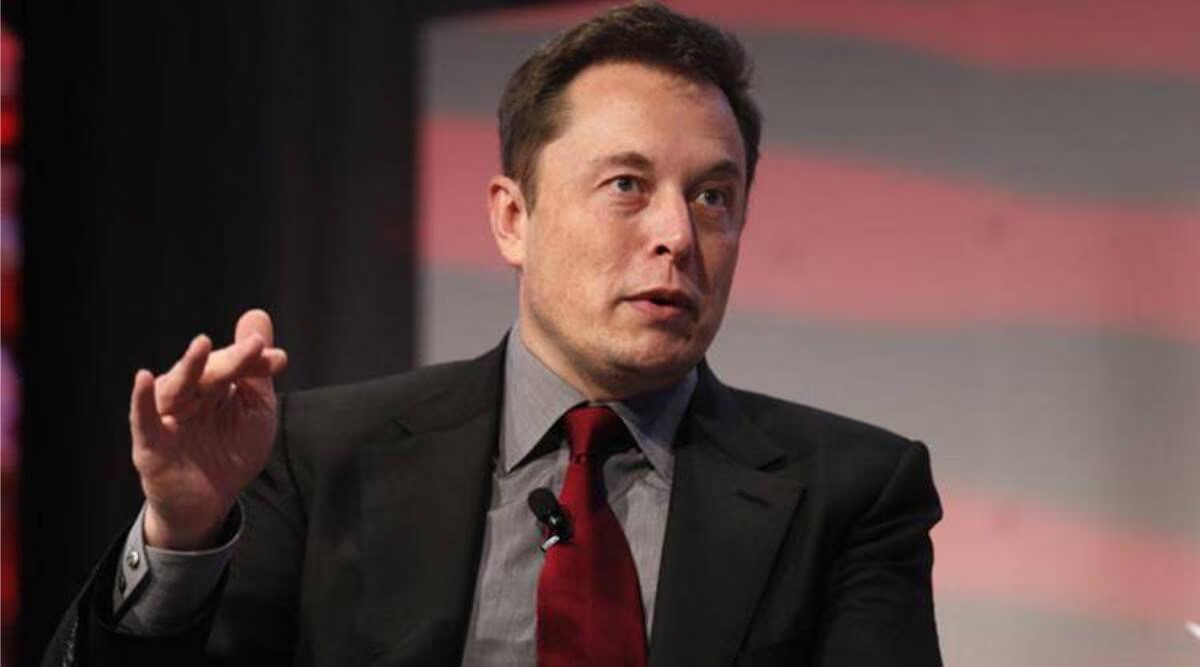Stay updated with the latest - Click here to follow us on Instagram
Elon Musk at DOGE: A brief timeline
Elon Musk was appointed as the head of a department specialising in government efficiency
 Elon Musk was appointed the head of DOGE
Elon Musk was appointed the head of DOGE Elon Musk was appointed by President Donald Trump in early 2025 to lead the Department of Government Efficiency (DOGE), a temporary department tasked with reducing federal spending and streamlining government operations. This role marked a significant departure from his usual focus, thrusting him instead into the political arena. The appointment, announced via executive order on Trump’s first day, aimed to address what the administration called “waste, fraud, and abuse” in government spending.
Appointment details
Musk’s appointment was met with both intrigue and scepticism. While Trump publicly stated that he signed an order creating the Department of Government Efficiency and put Musk in charge, this claim was contradicted by the White House, which later clarified that Musk was not the official administrator but a “senior adviser to the president” with “no actual or formal authority to make government decisions himself.”
This ambiguity fuelled legal and political debates, especially as DOGE began accessing government data systems and proposing drastic cuts, such as shutting down the US Agency for International Development (USAID.)
The role’s structure, established via executive order rather than congressional act, meant DOGE operated as an advisory body, with Musk’s influence evident in public appearances alongside Trump and X posts about cost-cutting measures.
Impact on Musk’s businesses
During Musk’s tenure with DOGE, his businesses, particularly Tesla and SpaceX, continued their operations, with Tesla’s stock remaining volatile but generally strong and SpaceX advancing space projects. However, the potential for conflicts of interest was a major concern. DOGE’s access to sensitive government data, such as Treasury payment systems and plans for potential conflicts with China, raised questions about whether Musk could leverage this information for his companies’ benefit.
For instance, a New York Times report highlighted Musk receiving a briefing on US plans for China, where Tesla has significant manufacturing.
Additionally, DOGE’s cost-cutting measures, including layoffs and cuts to programs like climate initiatives and scientific research, could indirectly affect industries related to Musk’s ventures. For example, reductions in federal funding for renewable energy might impact Tesla’s long-term goals, though direct evidence of such impacts was limited. Reports also noted DOGE eliminating jobs overseeing Musk’s Neuralink, potentially easing regulatory scrutiny.
What has DOGE done?
Under Musk’s leadership, DOGE implemented several measures aimed at streamlining government functions:
Credit card audit: DOGE initiated a pilot program across 14 civilian agencies to audit and deactivate unused or unnecessary government credit cards.
Lease cancellations: The department focused on reducing costs by canceling leases on vacant or underutilized federal buildings, increasing annual rent savings from approximately USD 100 million to USD 171 million according to its website
Agency restructuring: DOGE targeted several federal agencies for budget cuts and operational restructuring, including efforts to dismantle the U.S. Agency for International Development and the Consumer Financial Protection Bureau.
Resignation
Musk has not resigned from DOGE but is expected to step down by late May 2025, driven primarily by his 130-day limit as a special government employee (SGE). This limit, part of his designation under federal law, restricts his service to 130 days within any 365-day period, likely starting from Trump’s inauguration in January 2025.
Reports from early April, such as those from The Guardian and Newsweek, confirm this timeline, with Musk himself stating in a Fox News interview that he aims to complete most of DOGE’s work, targeting $1 trillion in savings, within this period.
Beyond the legal limit, political pressures have mounted for Musk to resign earlier. On April 10, 2025, 77 House Democrats, led by Greg Casar, launched a campaign for his resignation by May 30, citing conflicts of interest and harm to working Americans through DOGE’s cuts to essential programs like Social Security and VA healthcare.
They insisted he divest from companies like Tesla and SpaceX to return as an SGE, highlighting ethical concerns. Despite these calls, White House press secretary Karoline Leavitt rejected reports of an earlier exit, and Musk, in an X post, branded such claims as “fake news,” indicating his intent to complete his term.
Trump has expressed a desire to keep Musk involved, stating, “I’d keep him as long as I could keep him,” but acknowledged Musk’s need to focus on his “big company.”
Post-resignation, Musk is expected to remain a Trump confidant, potentially continuing to influence policy informally.



- 01
- 02
- 03
- 04
- 05




























